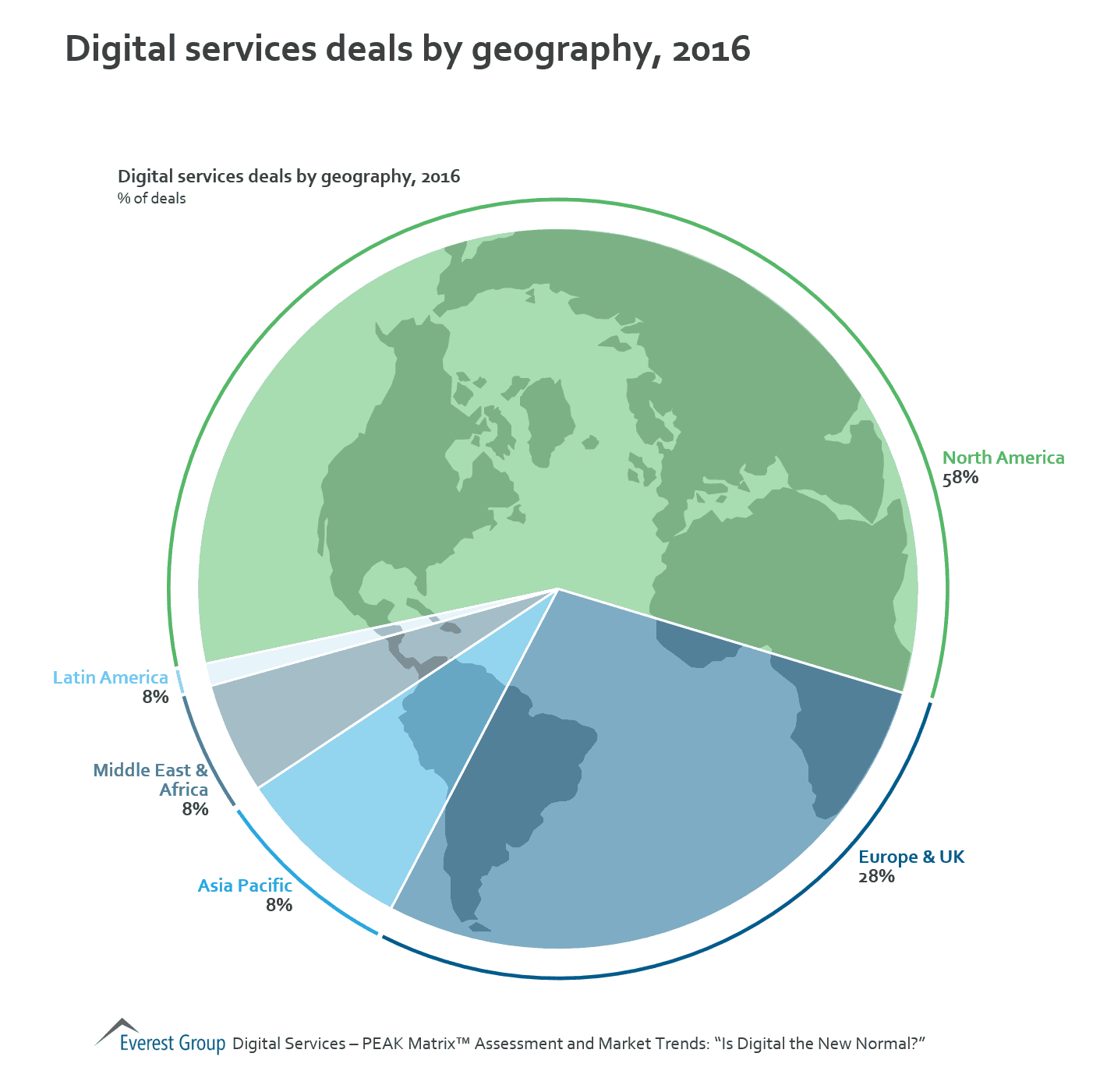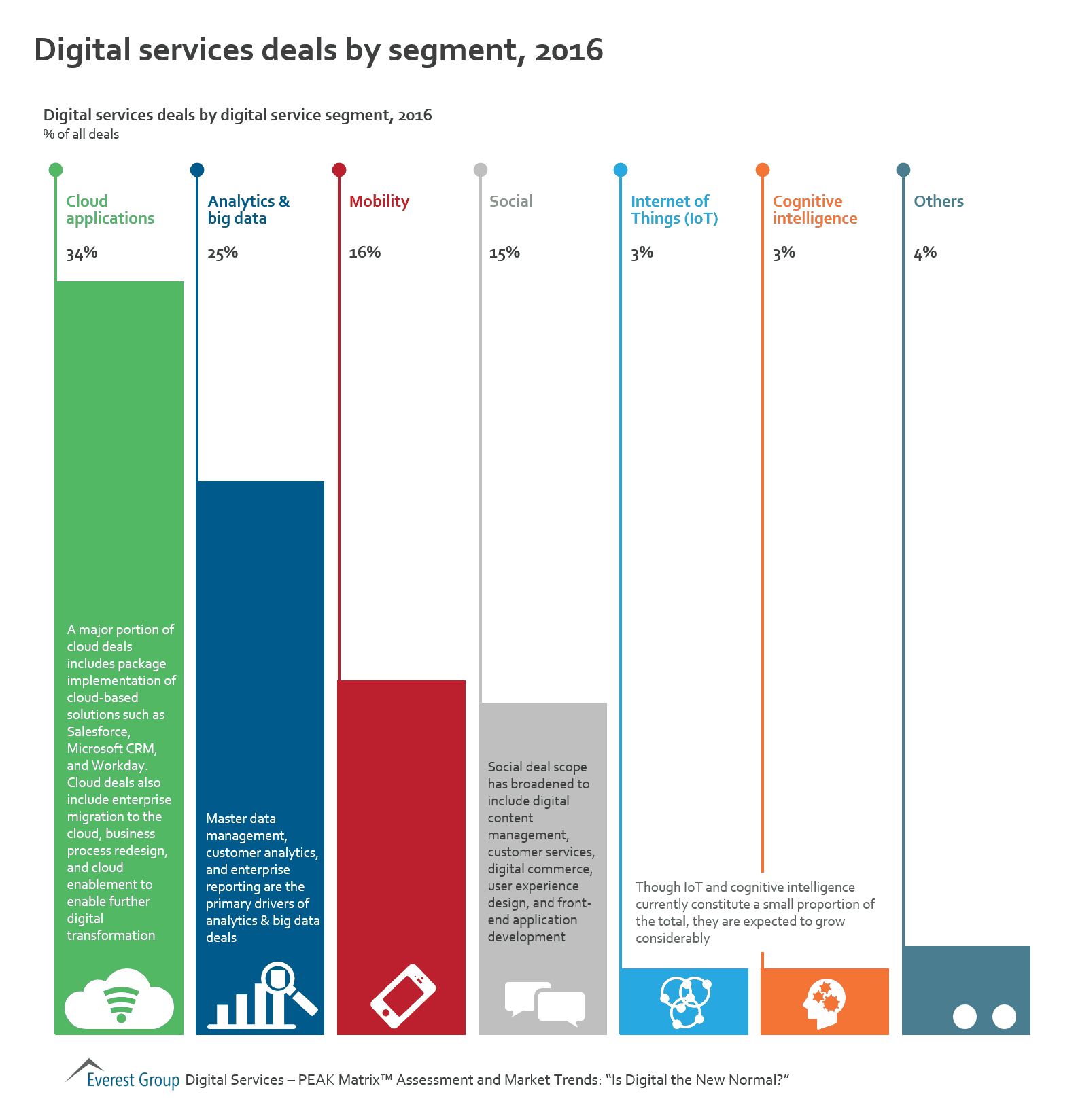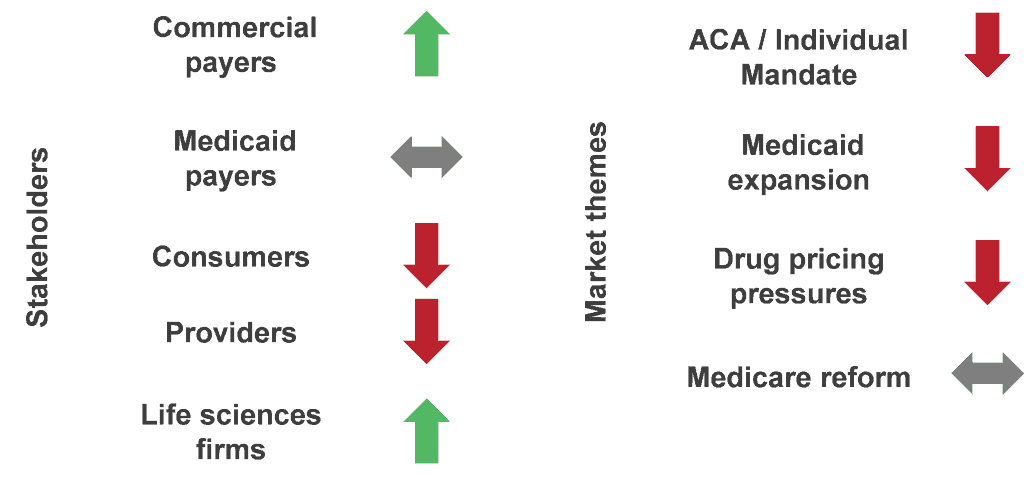November 9, 2016
Most, if not all, of us rely on some form of Google search these days to accomplish our tasks. And because of its ease, we tend to be unwilling to say no to questions because we know we can Google to get the answers. By proxy, this has deluded us into believing we are “experts” on everything.
Bots for strategy-in-a-box
How does this relate to Artificial Intelligence (AI) enabled-bots in a business strategy context? AI is disrupting every walk of the life. The likes of Google (Alphabet) DeepMind, Facebook FAIR, IBM Watson, and Microsoft Cognitive Network Technology are demonstrating increasing use cases by the day. All these platforms crunch massive amount of data to become intelligent over a period of time.
As strategic decisions and long-term initiatives require huge amounts of data to be churned, AI bots are ideal candidates to assist, particularly because it’s not humanly possible to keep track of the multitudes of parameters that must be factored into development of a business strategy in today’s environment. Thus, strategic leaders may have to rely on a second “expert” going forward…an AI-enabled machine expert, that is.
Can the data crunching go so far that enterprises won’t need strategic leaders at all anymore and, instead, will be able to pretty much leverage a virtual agent to create their business strategy? Can this data crunching make the bot a strategy “expert” that can design a strategy out of the box? Let’s step back for a moment.
Who needs a 10-year strategic plan?
I have argued multiple times that the days of creating a long-term enterprise strategy are well over. Given business and technology disruption, it is becoming impossible to see beyond your nose, forget 10 years. Can an enterprise afford to create a 10-year strategic plan? Can any business leader put her hands on her heart and say she believes in that strategy?
I doubt any enterprise can make that kind of long-term commitment. While a long-term vision used to be the differentiator between a great company and its peers, the differentiation point is quickly becoming how nimble the strategy is to incorporate and adapt to the rapidly changing business environment. Such a dynamic strategy needs to be built on massive amounts of data that incorporates parameters, including disruptions from outside a given industry, which the human mind cannot fathom. For this, enterprises need AI.
Back to strategy-in-a-box from a bot
If the above is the case, should an enterprise opt for a strategy-in-a-box rather than a strategic planning exercise? Can a bot create an enterprise’s strategy roadmap sans business leaders or maybe with just a little help from them? This may sound far-fetched, but it is certainly possible.
One can argue that strategic leaders rely on their experience, intuition, and other factors beyond data to make decisions and create an enterprise vision. While this experience and intuition were valuable when the business environment was largely stable and “known,” in the rapidly changing world these “assets” could be counterproductive. Strategy leaders experience will continue to hold value but less than what is generally thought.
If the enterprises do not need or can’t afford a long-term strategy in this rapidly changing world, why would they need the experience and intuition of strategy leaders? How is this experience that was accumulated in the last 30 years relevant for the coming years in such a fast changing technology environment? Moreover, an AI-enabled bot can possibly compensate for some of this experience and intuition through other parameters such as correlating seemingly uncorrelated data.
Adopting bots as a fulcrum of strategy development may go against the general perception that AI-enabled systems will augment, rather than replace, human powers. I, for one, don’t buy that “enhance human” argument entirely. In fact, humans may be assisting machines to make better decisions, rather than vice versa.
I think next-generation AI, automation, deep learning, and cognitive systems will definitely result in job losses, and we should be prepared for it. The argument that technology in the long term helps create more jobs has been sugar coated, and no one talks about the fact that disruption can create havoc in the short term. And people being impacted by this mayhem see no long term.
However, this is a reality from which we cannot escape. Enterprises need to ensure they are using AI as much as possible in their strategic planning. Believing that AI is only suitable for basic tasks will set them up for disaster.
Therefore, enterprises should not confuse AI-enabled bots as “experts” who rely on Google… “experts” who may not know but still answer. AI-enabled bots will be credible experts who rely on data, massive data, and their own intelligence.
The bottom line is that while your enterprise may not yet be ready for an AI-enabled, bot-developed strategy-in-a-box, you must take baby steps toward that future.




